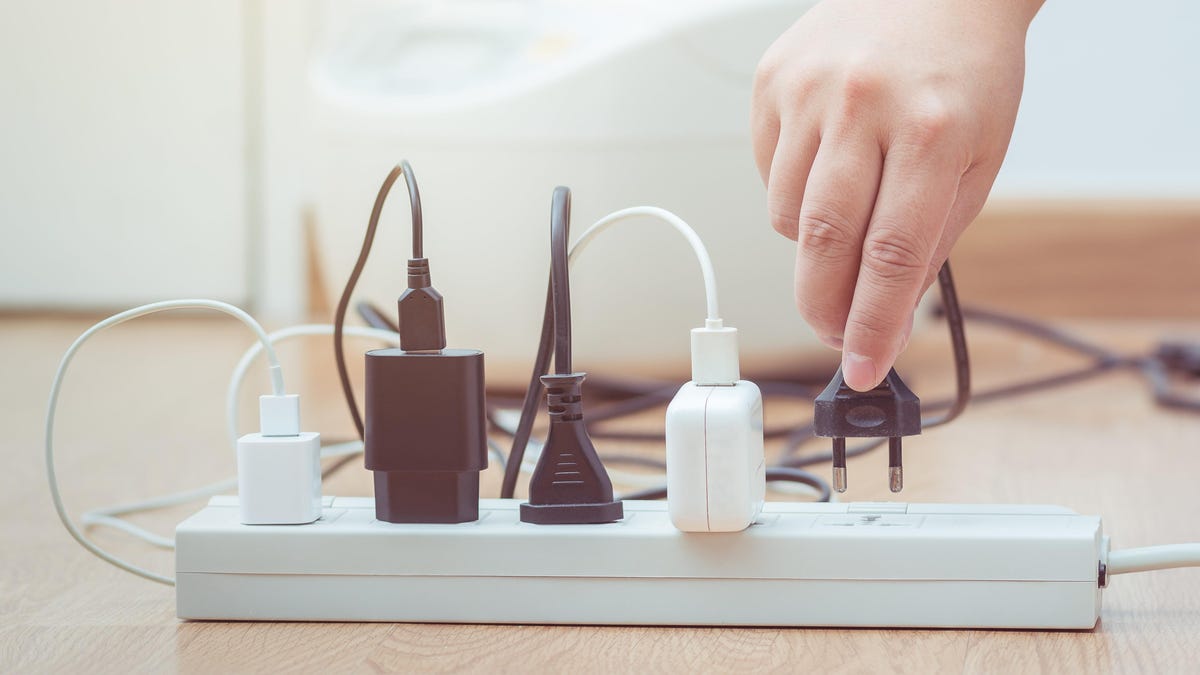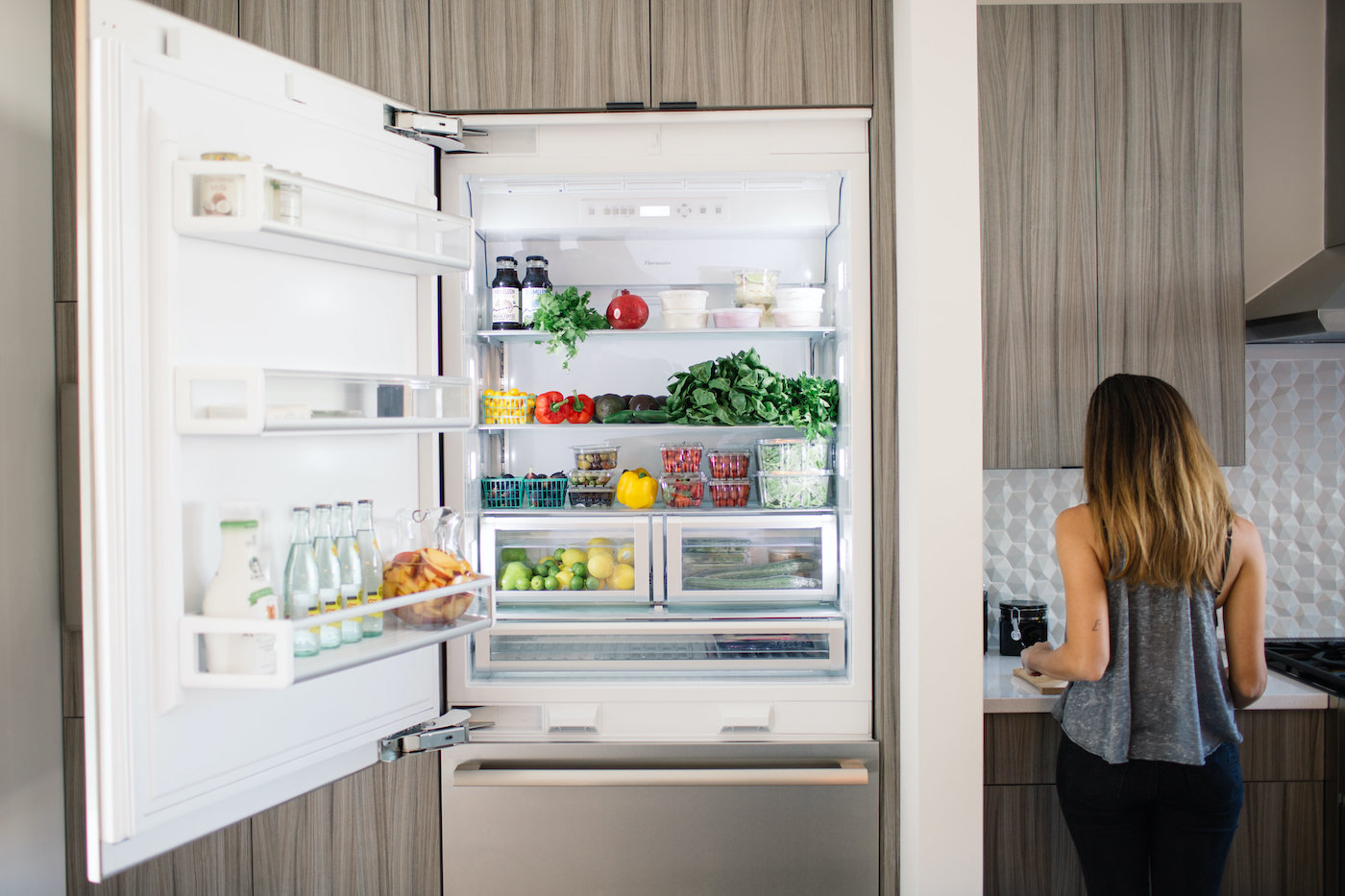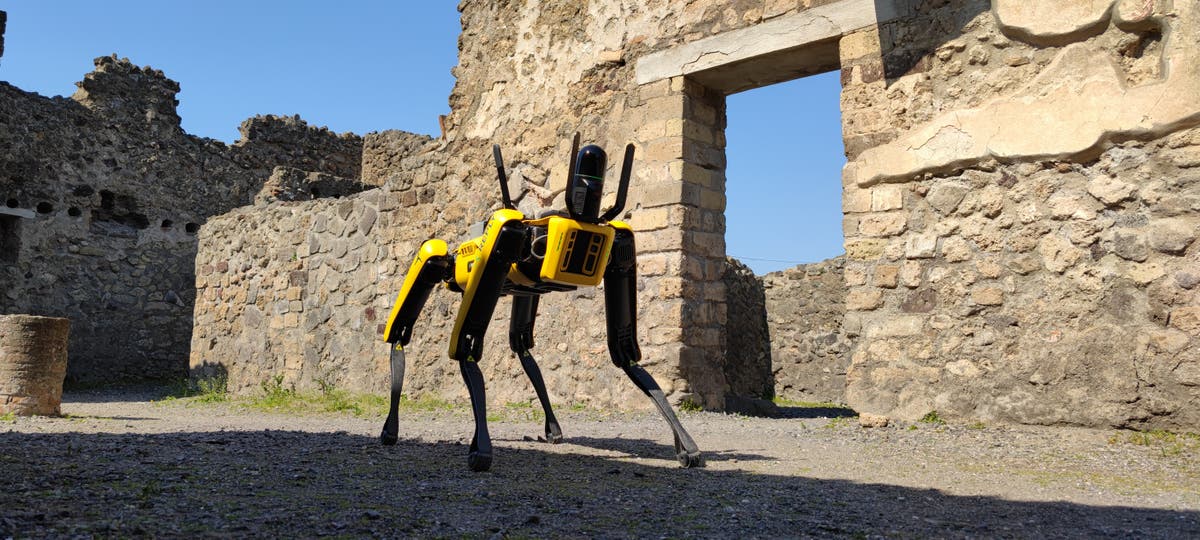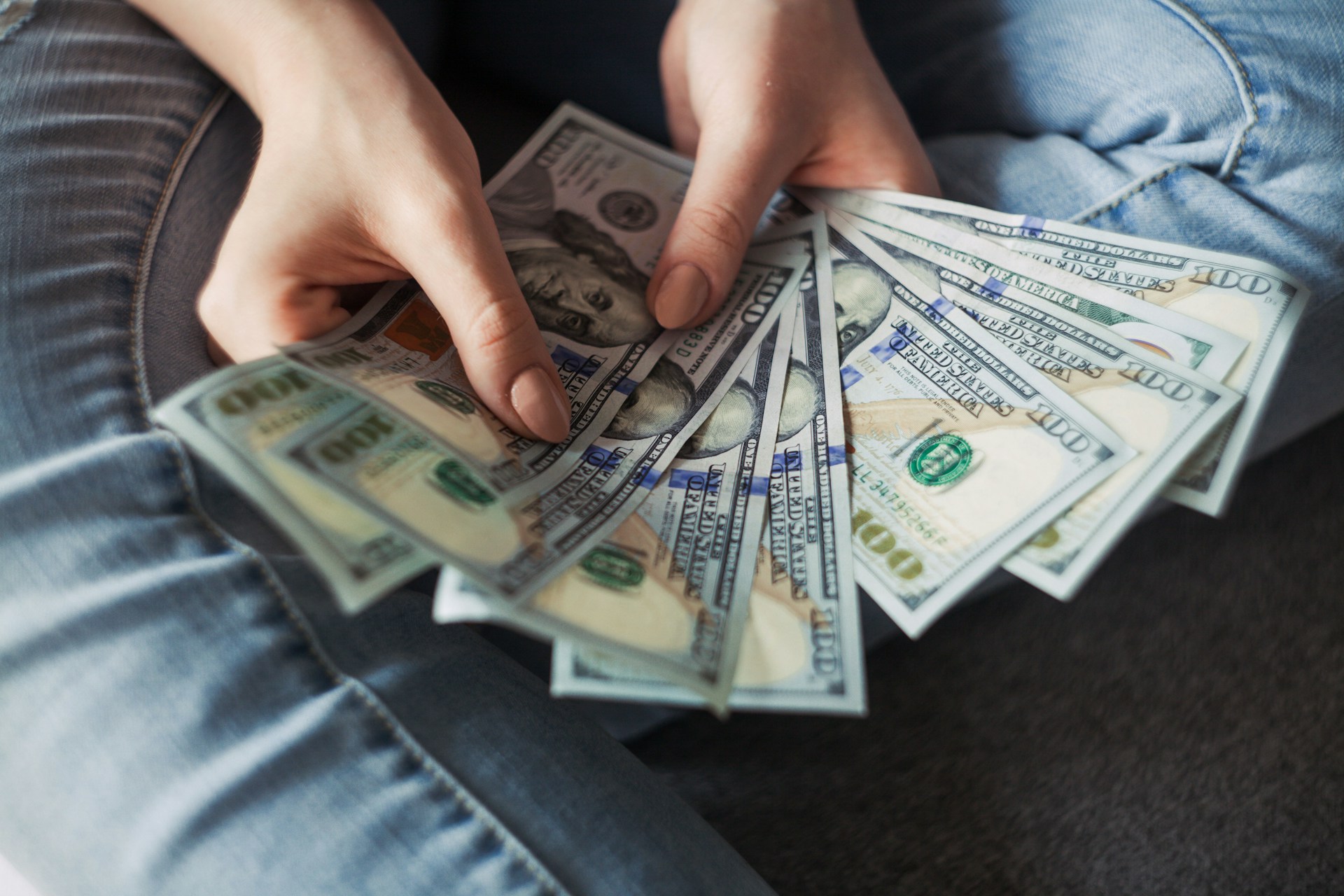The Only Good Advice for Shopping Amazon Prime Day
It’s not an official holiday, but Amazon’s Prime Day (“Days,” really) has been a capitalist tradition since 2015. This year, the mega-retailer will be offering discounts on thousands of products of all kinds to Amazon Prime members beginning on...


Photo: Ascannio (Shutterstock)
It’s not an official holiday, but Amazon’s Prime Day (“Days,” really) has been a capitalist tradition since 2015. This year, the mega-retailer will be offering discounts on thousands of products of all kinds to Amazon Prime members beginning on Tuesday, July 12, and continuing through Wednesday, July 13.
In spite of the many, many online guides about how to take advantage of the savings, there’s only one piece of advice you actually need for Prime Day if you want to save money: Don’t buy anything you weren’t planning to buy already. There’s also a corollary: if you do find a bargain on something you wanted anyway, make sure it’s actually a bargain.
Why you should only buy things on Prime Day that you were planning to buy already
Leaving aside the thornier issue of whether you should buy anything from Amazon on any day, you should only buy what you are already planning to on Prime Day because Amazon wants you to do the opposite. The entire sales promotion is designed to encourage you to purchase things you don’t want or need, and to get you to sign up for an Amazon Prime membership.
The summer months are, traditionally, the worst time of the year for online retailers—customer engagement and sales are low, and people are more likely to be outside doing summer-time things instead of impulse buying on their laptops. Amazon’s summer sale is an attempt to drive those numbers upwards by creating a “ticking clock” and a fake sense of scarcity—that’s why “lightning deals” have limited time windows and limited supplies. They’re taking advantage of people’s fear of missing out on the supposed bargains that often aren’t bargains at all.
Amazon Prime Day bargains can be misleading

Screenshot: Stephen Johnson/Keepa
In the chart above (made with Keepa, an extension that compares Amazon prices over time) you can see the volatility of the price of Amazon’s 4th Gen Echo Dot over the last few months. While the current “Lightning Deal” price of $19.99 is low, Amazon can only say it’s “60% off” because the non-sale price was raised to $49.99 from the $27.99 price they were charging in the middle of June. So it’s really more like 28% off—a bargain, sure, but not the “I must buy this even though I don’t want it” size bargain it seems like.
How to get the best deal on Amazon Prime Day for the thing you were going to buy anyway
If you are going into this Amazon summer sale with open eyes and a steely heart, determined to resist attempts to make foolish purchases, below are steps you should take to maximize your chance of success and keep yourself from impulse-buying.
Use an Amazon Prime free trial
You won’t be able to take advantage of any Prime Day offers without signing up for a membership to Amazon Prime. The service costs $14.99 per month or $139 per year, but they offer a 30-day free trial, so you can sign up, get your Instant Pot, and then cancel it for nothing. Just set an alarm so you don’t forget.
Amazon also offers Prime discounts for students ($7.49 a month) and a $6.99 price point for recipients of EBT and other kinds of government assistance.
Use Amazon’s wishlist to your advantage
You can use Amazon’s wish list feature as a way of maintaining buyer discipline—just go to Amazon’s list page, create a new list called “Things I was going to buy anyway,” and add the items you hope will go on sale. Tell yourself you’ll only buy these items, no matter how appealing those LED lightbulbs for 64% off may look.
Take advantage of Amazon’s promotional offers
Amazon offers a variety of promotions to get free credits you can use to buy Amazon products, from choosing slower shipping to going to see the movie Elvis. I’ll be taking a deeper dive into Amazon promotions in an upcoming article, but for now, check out the Prime Days specific bargains and snap up as many as is reasonable.
Set your own prices
Retail comparison tools can be used to make sure your Amazon bargain is actually a bargain. For example, CamelCamelCamel provides price histories of every item on Amazon and will send you an email when your selected products fall to a specific price. You can import your “Things I was going to buy anyway” wishlist into CamelCamelCamel, then set the maximum price you’ll pay for your goods. That’ll give you the freedom to ignore Amazon entirely during Prime Day unless you get the “buy” signal in your inbox.
Compare against other retailers
Even if the thing you were planning to buy already shows up as a sale item on Amazon at a price you like, don’t rush to click “buy.” It still might not be the best deal possible. Because of the popularity of Prime Day, other retailers (Walmart, Best Buy, Target, and more) are offering their own sales promotions, so check the prices at those retailers before buying.
You might want to wait until the fall
If you can handle waiting, you might get a better deal in a few months. As much as Prime Day is hyped, the biggest retail savings and markdowns still come during Christmas shopping season. Black Friday savings are, overall, likely to be bigger than Prime Day savings, unless you’re buying things like school supplies and outdoor furniture that usually aren’t put on sale in November.

 Astrong
Astrong 
































